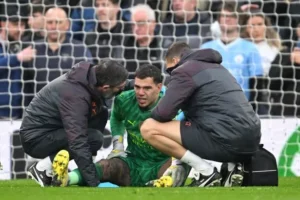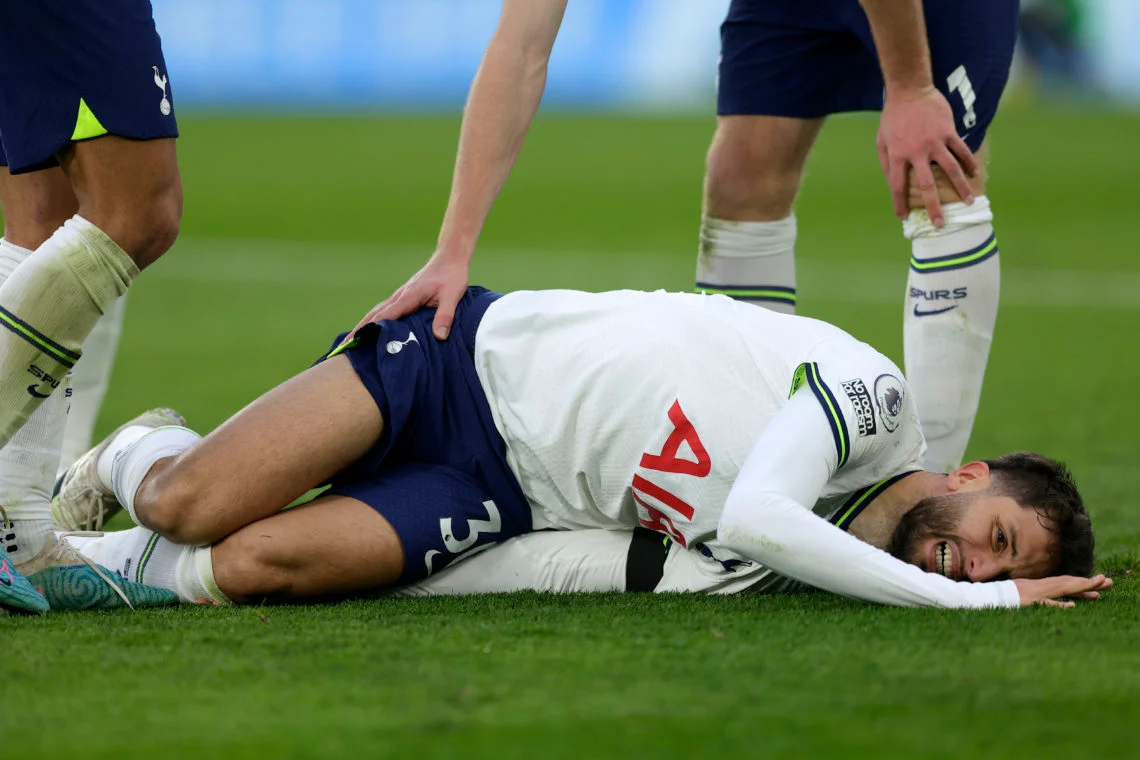In the world of professional sports, injuries are an unfortunate yet inevitable reality. However, when a team is hit by a wave of injuries, the impact can be profound, affecting not only the team’s performance but also its morale, fan engagement, and financial stability. This phenomenon, often referred to as an “injury crisis,” can sideline top players, disrupt team dynamics, and create a challenging environment for coaches and management.
Top Players at Risk
In any sport, the loss of star players can significantly alter a team’s prospects. These athletes are often the backbone of their respective teams, contributing not only through their skills but also by setting the tone for their teammates. For instance, in football (soccer), a star striker’s absence can lead to a dip in goals scored, while in basketball, the loss of a key player can disrupt team chemistry and playmaking ability.
Take, for example, the case of a football team like Liverpool FC, which faced an injury crisis during the 2021-2022 season. Key players such as Virgil van Dijk, Joe Gomez, and Mohamed Salah were sidelined at various points, severely impacting the team’s defensive solidity and attacking prowess. Liverpool struggled to maintain consistency, and their title hopes dwindled as they navigated through a challenging period marked by draws and losses.
The Ripple Effect on Team Dynamics

Injuries to top players not only affect game outcomes but also disrupt team dynamics. When a key player is injured, coaches are often forced to make significant changes to their lineups and strategies. This may involve shifting players to unfamiliar positions or promoting less experienced players from the bench or youth academy. The uncertainty introduced by these changes can lead to a lack of cohesion on the field.
Additionally, the morale of both players and fans can suffer. A team’s fanbase is often deeply connected to its star players, and their absence can lead to a sense of disillusionment. This emotional toll can impact ticket sales, merchandise revenue, and overall fan engagement.
Management and Coaching Challenges
Coaches are left to navigate these choppy waters, often having to make quick adjustments to their tactics and lineup. They may resort to using younger players or those who haven’t had much playing time, which can be a double-edged sword. While this presents an opportunity for emerging talent to prove themselves, it also increases the risk of poor performances due to inexperience.
For instance, during the 2020-2021 season, Manchester City experienced an injury crisis that saw key players like Kevin De Bruyne and Sergio Agüero miss significant time. Manager Pep Guardiola had to adapt quickly, relying on younger players like Phil Foden and Nathan Aké to step up. Although some players thrived under pressure, others struggled, leading to inconsistent performances.
The Long-Term Impact

The long-term effects of an injury crisis can linger well beyond the immediate season. Players who experience significant injuries may take time to return to their peak performance levels, leading to a prolonged period of adjustment for the team. The psychological impact of injuries can also play a role, as athletes may develop a fear of reinjuring themselves, affecting their on-field confidence and performance.
Moreover, teams may need to reassess their training regimens and injury prevention protocols to mitigate the risk of future crises. This often involves investing in sports science and medical staff to ensure players are adequately monitored and cared for throughout the season.
The Financial Implications
In addition to the on-field challenges, an injury crisis can have severe financial ramifications for a team. Reduced performance can lead to lower attendance at games, decreased merchandise sales, and diminished sponsorship opportunities. Teams that find themselves in the midst of an injury crisis may face difficulties securing new sponsorship deals or retaining existing ones, as brands often want to associate themselves with successful and competitive teams.
For example, when the Los Angeles Lakers faced an injury crisis with star players LeBron James and Anthony Davis sidelined during the 2021-2022 NBA season, the team’s struggles on the court translated into financial losses off it. Lower attendance and a decrease in merchandise sales reflected the waning interest among fans, leading to concerns about the team’s overall financial health.
Coping Strategies

Teams facing an injury crisis must adopt effective coping strategies to navigate the challenges. This often involves:
- Strengthening the Bench: Teams may prioritize developing their bench players, ensuring they have adequate depth in their squad to absorb the shock of injuries. This includes scouting and recruiting talented players who can step up when called upon.
- Utilizing Sports Science: Investing in sports science and medical staff can help teams monitor players’ physical conditions more effectively. By using advanced analytics and technology, teams can implement injury prevention programs tailored to individual players.
- Psychological Support: Providing psychological support for injured players is crucial. Mental resilience is just as important as physical fitness, and addressing the mental toll of injuries can help players regain their confidence when they return to play.
- Flexible Tactics: Coaches need to be adaptable in their tactics, willing to experiment with new strategies that suit the available players. This flexibility can help maximize the team’s potential, even in difficult circumstances.
Conclusion
Injury crises can profoundly impact professional sports teams, affecting performance, morale, financial health, and long-term strategy. The absence of key players creates a ripple effect that influences every aspect of a team’s operation, from on-field dynamics to fan engagement. As teams navigate these challenges, they must adopt effective coping strategies and prioritize player health and well-being to mitigate the risk of future crises. While the road to recovery may be long and arduous, teams that emerge from an injury crisis often do so with a renewed sense of resilience and determination.










Leave a Reply